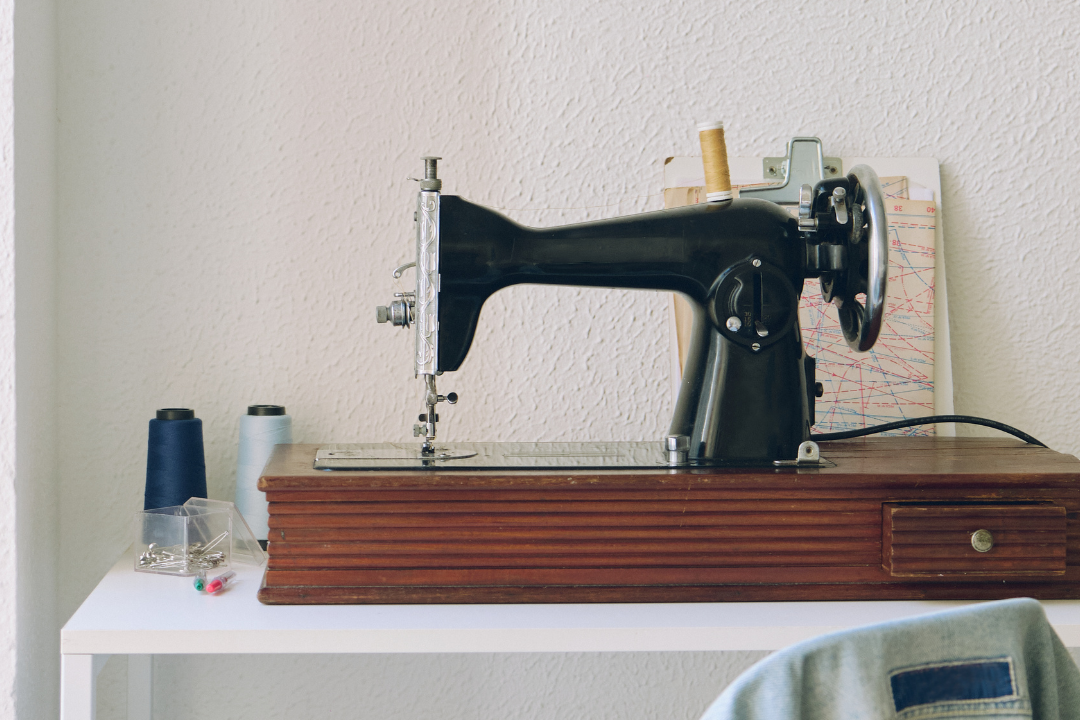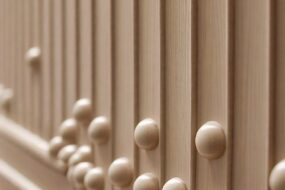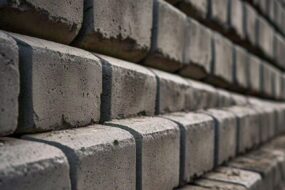
1. About Sewing Machine
The creation of the Sewing Machine, which are necessary inventions in the world of fabric and textiles that greatly help revolutionize garment making. The precision of these machines is close to exact, so in terms of labor savings you can shave potentially hours off some tasks that would take forever by hand.
2. History of the Sewing Machine
The journey of sewing machines started from the 18th century. Elias Howe and Isaac Singer these are among other people who were key in creating the early models of sewing machines. These advances turned sewing from a time-consuming chore to an robotic task, and thus paved way for the modern devices.
3. Types of Sewing Machine
Sewing machines come in many different types to suit varying needs. Simple mechanical hand or foot operated models are silent used. On electrical power operates electronic machine, offers more options and automation features as well. The computerized sewing machine type gives you more choices and options that support complicated designs{}.
4. Parts of a Sewing Machine
Knowing something about the anatomy of a sewing machine can help in choosing an appropriate model. These essential parts are — Needle Bobbin Feed dogs Presser foot cotton tension control The performance of the machine is added to by every part.
5. How Sewing Machine Work
A sewing machine mostly has a metal needle and the basic process is, it moves up and down to create stitches with some other part of the system which would pin. The feed dogs are the parts of your sewing machines that help move the fabric under your needle to create even stitches. These procedures have been automated by more advanced machines to afford better levels of accuracy.
6. Choosing the Sewing Machine
What Is The Best Sewing Machine For Me? Newbies might settle with a simple mechanical model, but users who have been sewing for years could go for computerized. When choosing, take into account the stitch options as well as user-friendliness and cost.
7. Maintenance and Care
A sewing machine needs regular maintenance to last a long time. Wipe the machine clean after each use especially in and around the bobbin case area. Lubricate the moving parts as per the user guide. Make certain to inspect and modify the tension on a regular basis if you want great stitch quality.
8. Problems with the Sewing Machines
Under normal situation, a sewing machine may experience problems because of one reason or the other. Among the most common issues are skipped stitches, unclean sewing or thread bunching, and broken needles. Many times, these problems come from threading mistakes or choosing the wrong needle. Addressing them quickly will also prevent future damages.
9. Accessories and Attachments
Sewing side dishes While there are many different kinds of sewing machines, so too you may discover a wide range in the number and types of accessories that can be added or provided with any one machine. These are presser feet for different stitches, specialty needles and bobbins to name a few. These essentially are tools that increase the functionality and complexity of its tasks.
10. Modern Improvements in Sewing Machine Technology
Still, technology does not stop servicing sewing machines. Models of today come with touchscreens, USB ports and more stitch libraries to partake in. Those kinds of machines can even link to a computer so that you can choose custom made embroidery designs on the internet…they are excellent for people who engage in modern time crafting.
11. Sewing Machines in Industry
There are many differences between industrial sewing machines and personal home models. They are designed to be fast and reliable, which is why they see general use in high-volume production settings These machines can sew heavier fabrics and perform more difficult tasks needed in the textile industry.
12. Popular Brands and Models
Many of the top brands in sewing machines. The Singer, Brother, and Janome are reputable machines that produce original designs every time. They all have a variety of models, good for different levels and needs.
13. Sewing machines’ part in sustainability
Does a sewing machines sound like it can help contribute to sustainability, yep! This even fits into the circular economy, getting people to reuse or repurpose stuff instead of chucking it out.
14. Sewing Machines for Educational Use
To know how to use a sewing machine is available .Write row To learn Using A sewing Machines With Best Fashion Design Schools Most schools and community centers have sewing classes that even cover the most advanced techniques, so anything your level of know-how this is a great skill to learn. While also maintaining APP screens, these programs provide people the possible to create other clothing.
15. Sewing Machine in the Home
They allow for creativity from within the home as sewing machines. It enables users to design custom wearables, houseware and accessory products. Both of which the sewing machine lends a ton creativity and personalization to.
16. Future of Sewing Machines
And the future of sewing machines probably looks closer to a robot than we realize. Such as, smart machines that are able to communicate remotely with mobile apps, In order to provide real-time tutorials or recommend enhancements on the design, could be commonplace. Moreover, the sewing machine industry would also evolve according to new modern outlets. Furthermore, as technology advances, we may see even more innovative features being integrated into sewing machines.
17. Conclusion
“Though centuries-old in terms of innovation, the sewing machine remains relevant today. Are you looking for an effective transition words generator? Try our free online tool and create relevant transitions for your research paper or essay. All you have to do is paste the text if you want transitional words to be added. Another option, for instance, is to get a list of transitional words that are, in fact, relevant to your goals.










2 replies on “Comprehensive Guide to Sewing Machine: History, Types and Modern Uses”
[…] serve as the backbone of many sectors. They consist of metallic links that will support countless industries and […]
[…] pressure washer rental services are necessary for most homeowners), contractors and businesses. Whether you are cleaning your driveway, vinyl […]